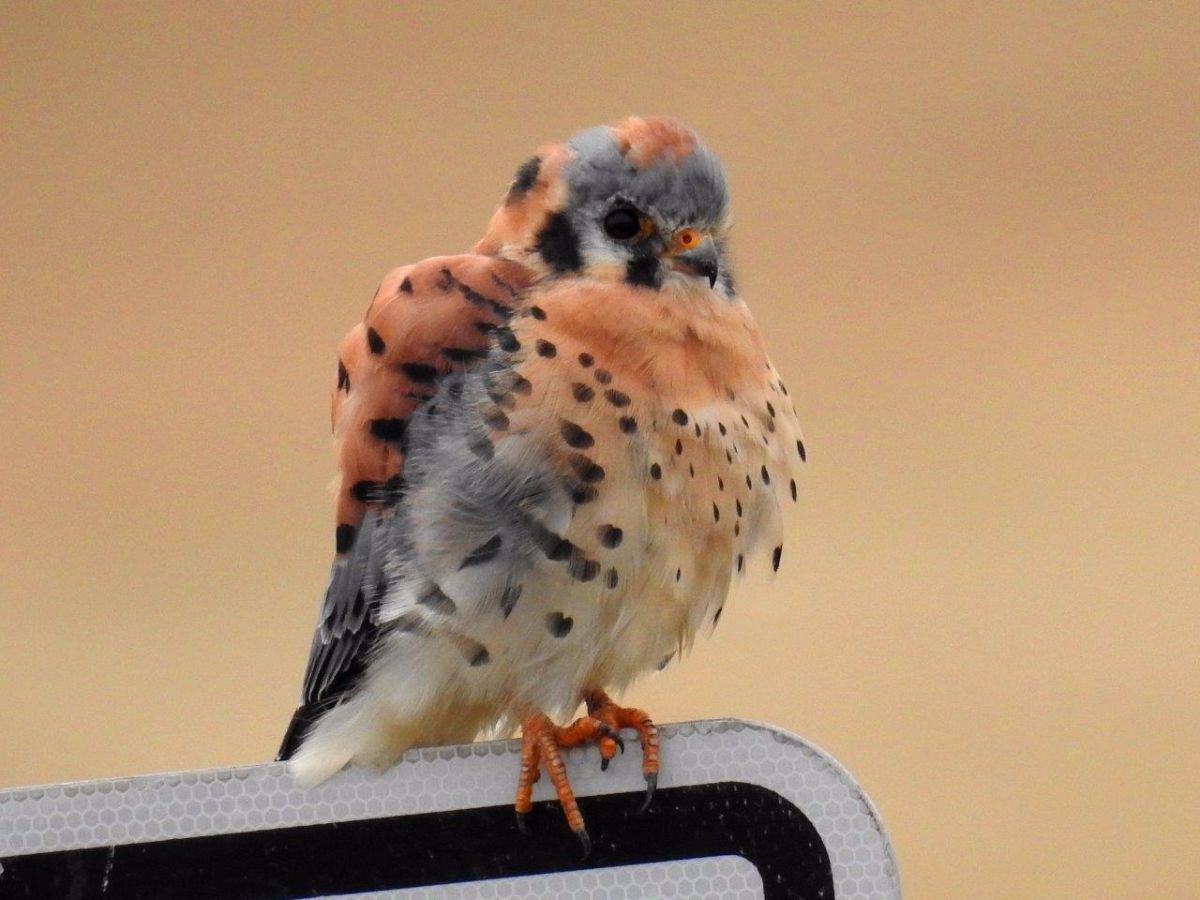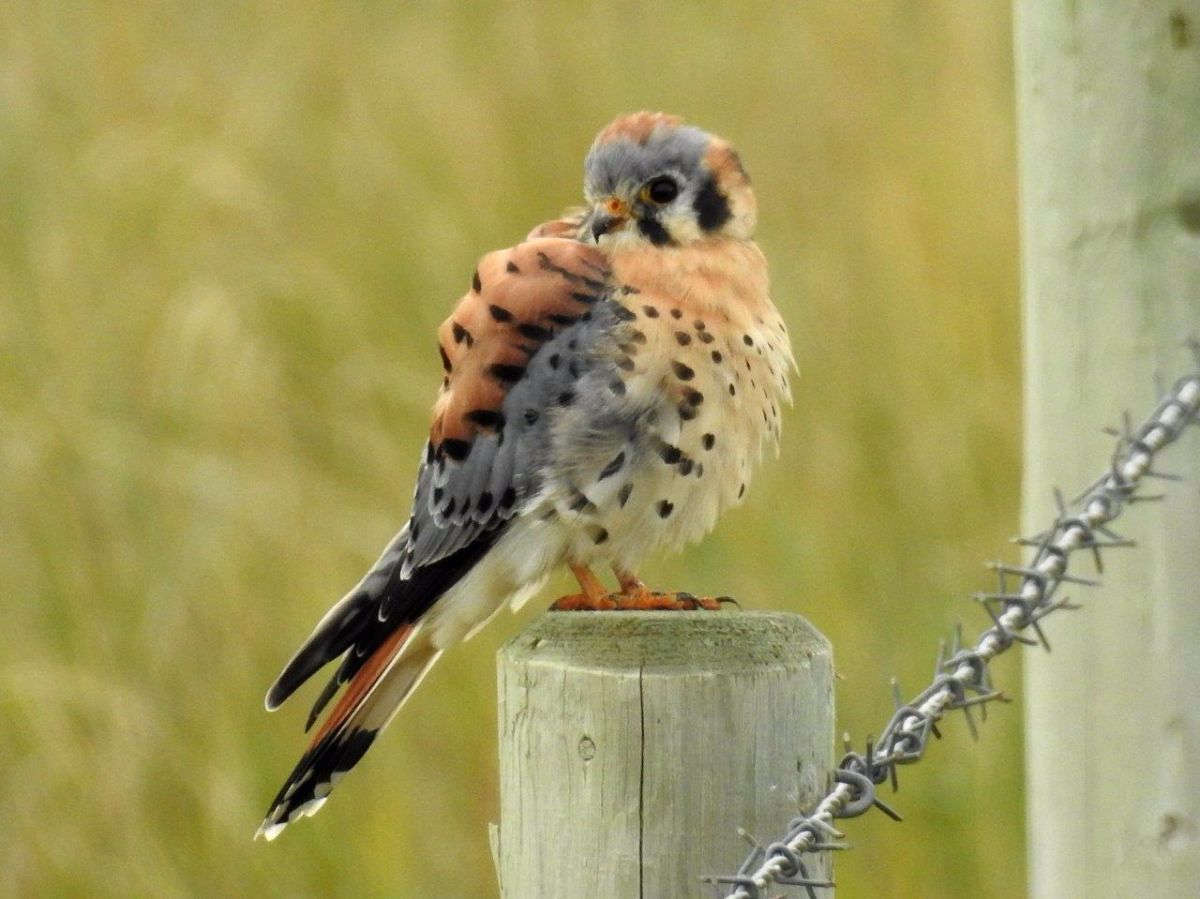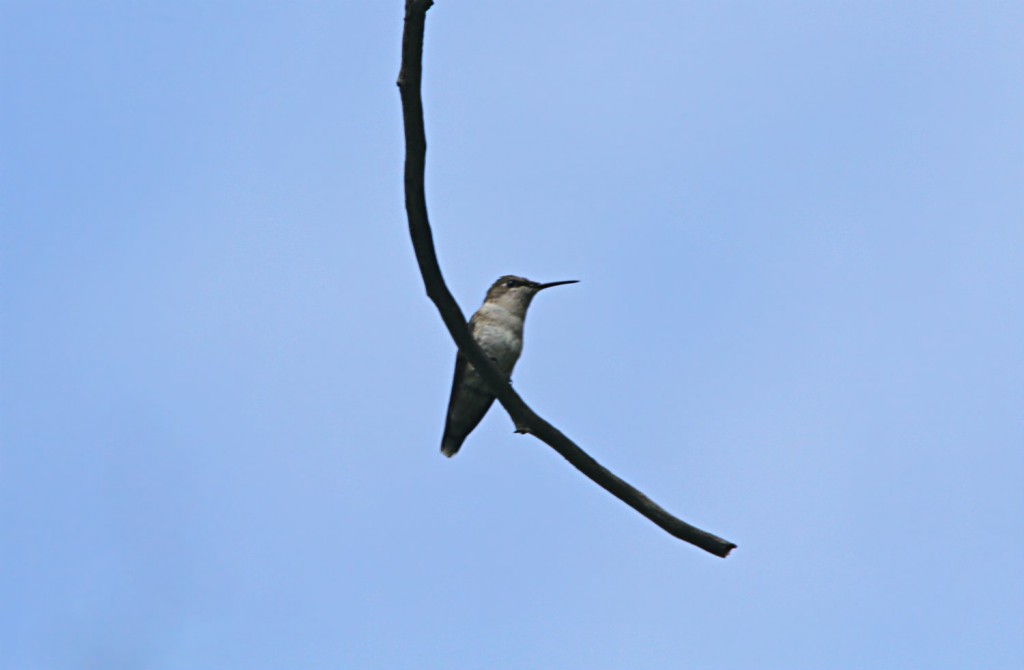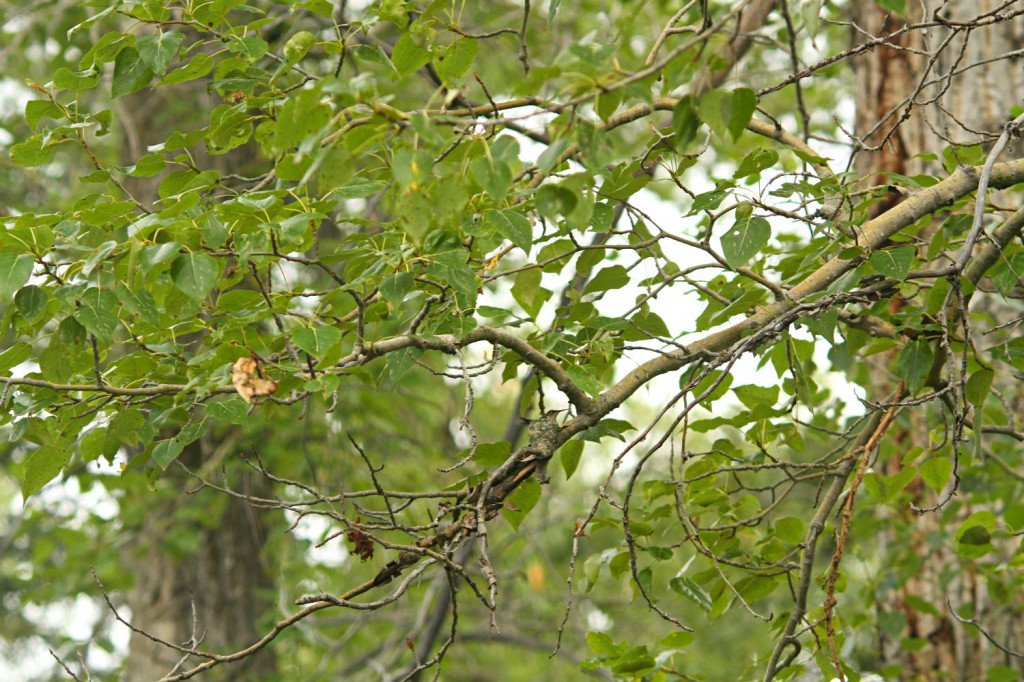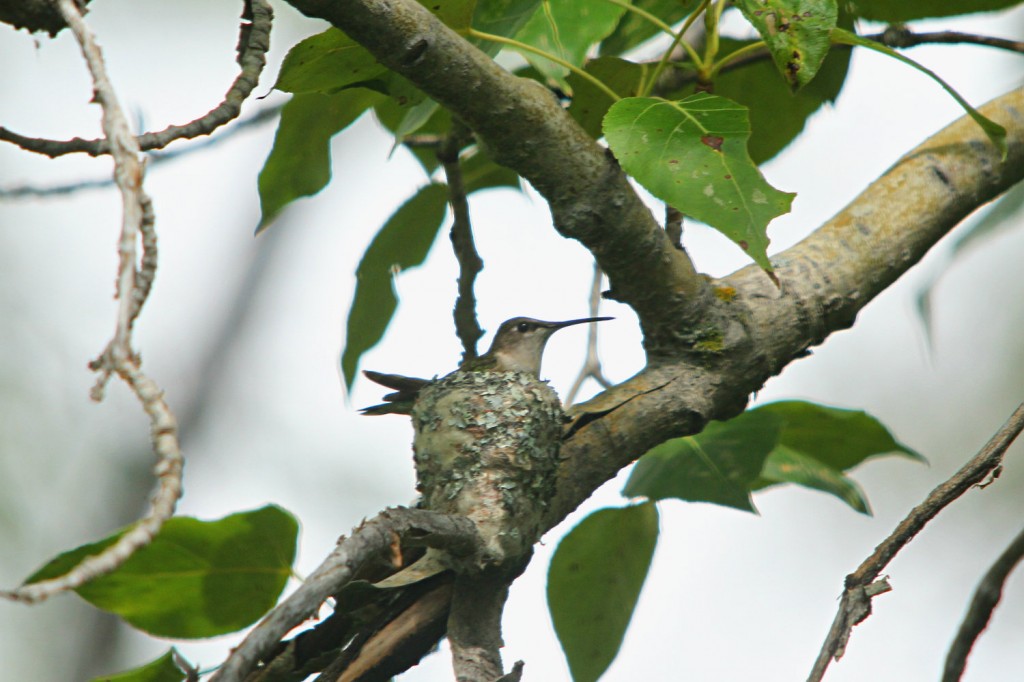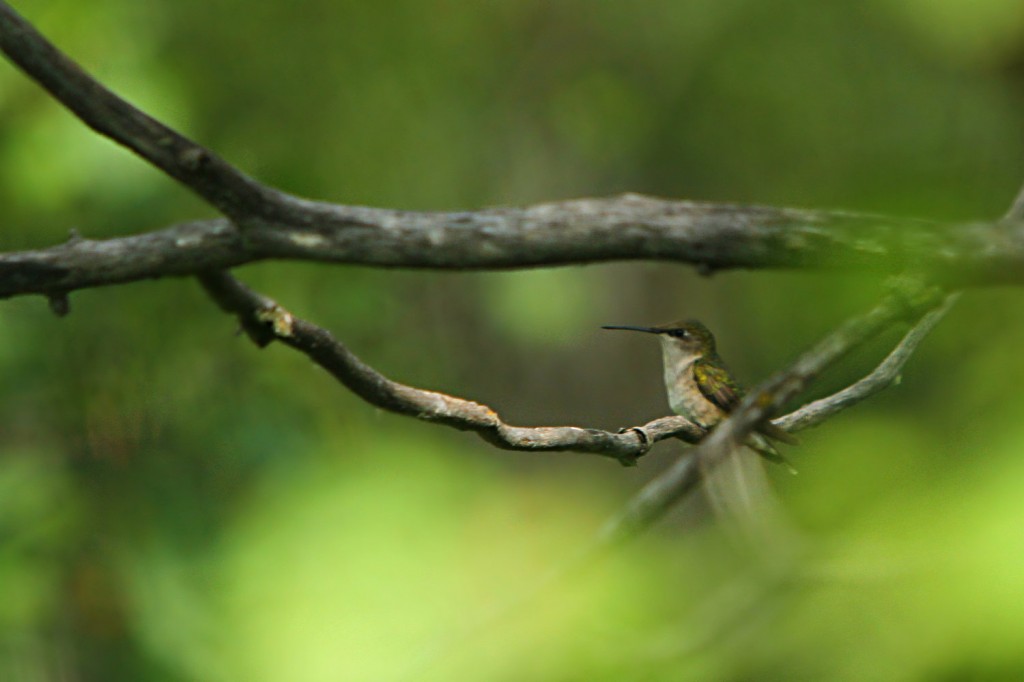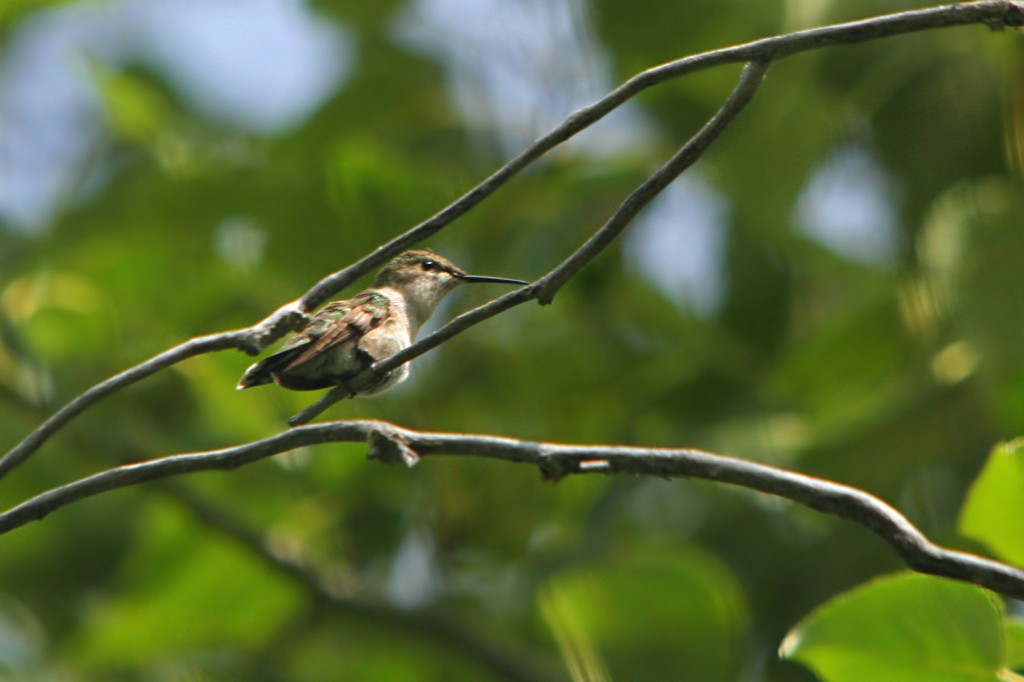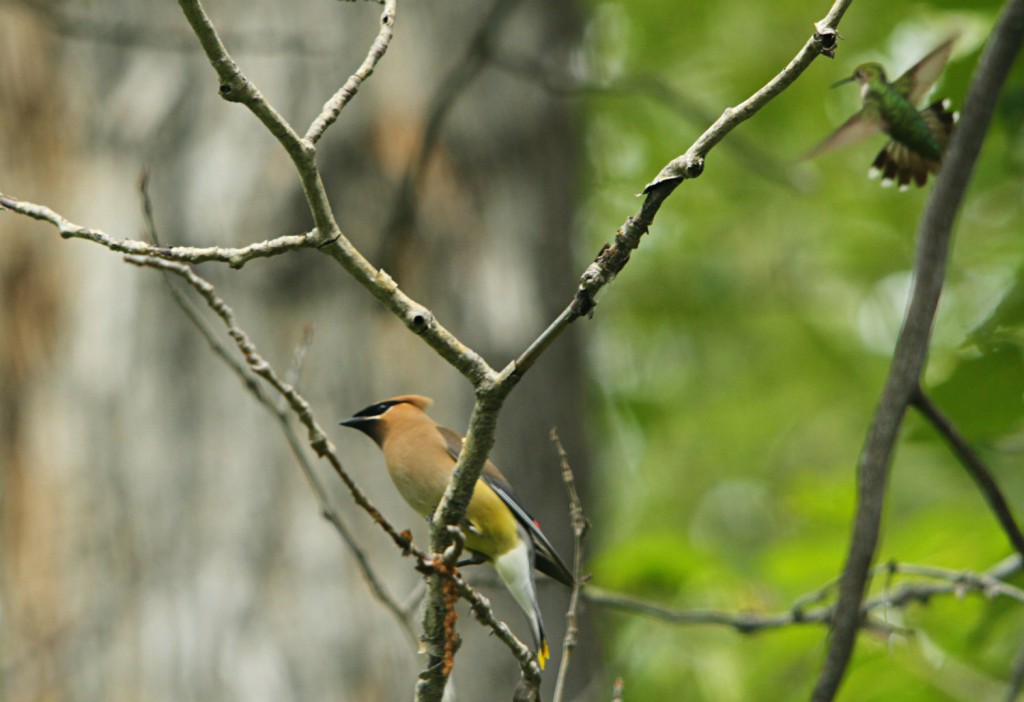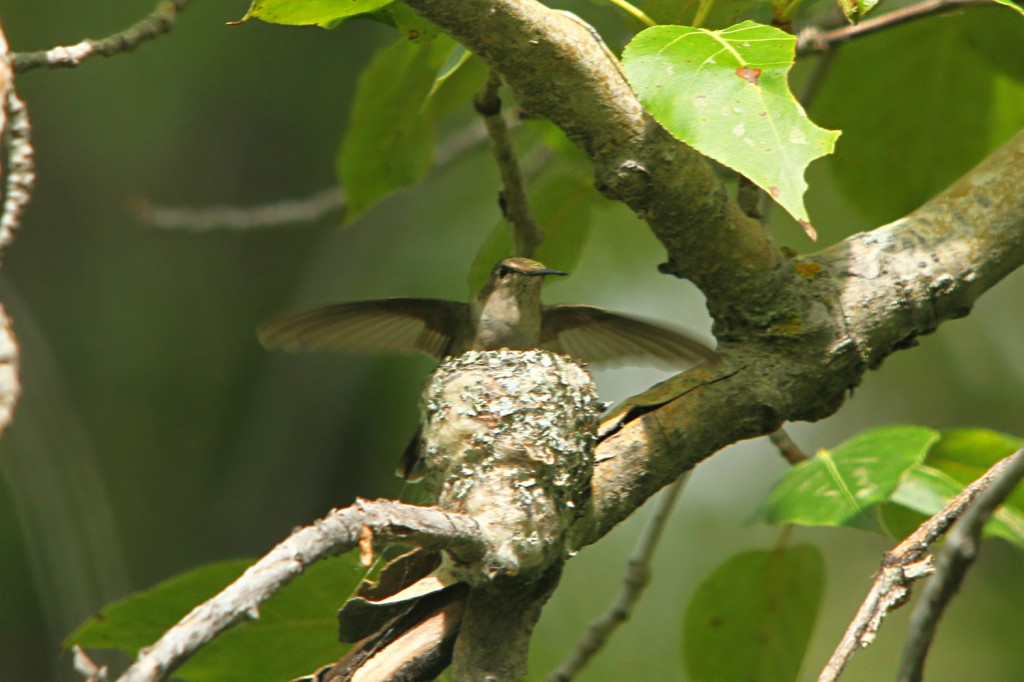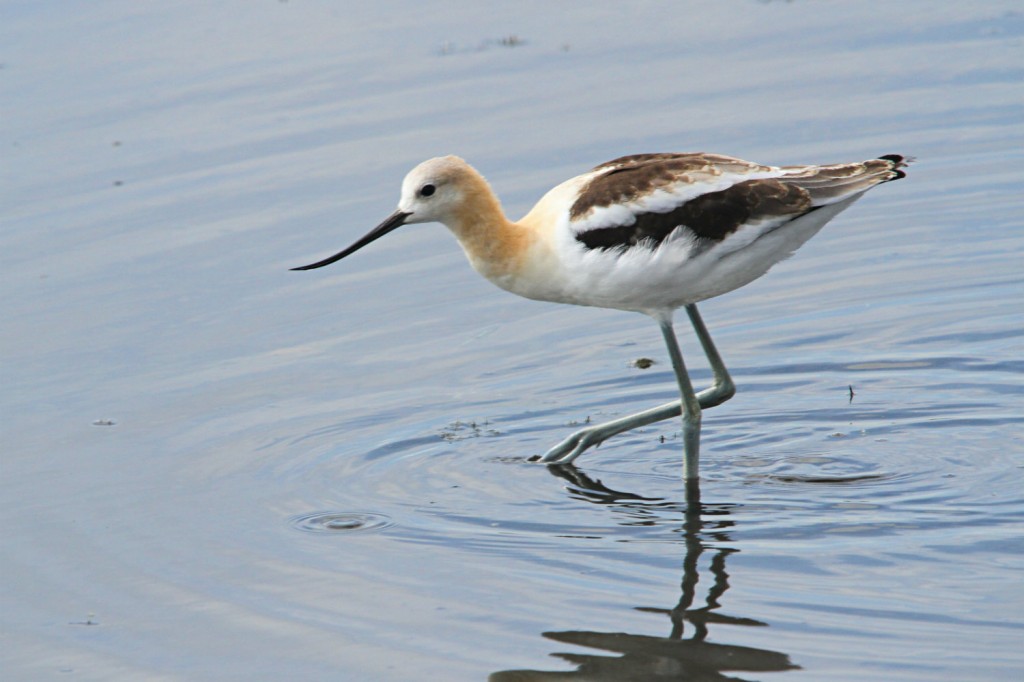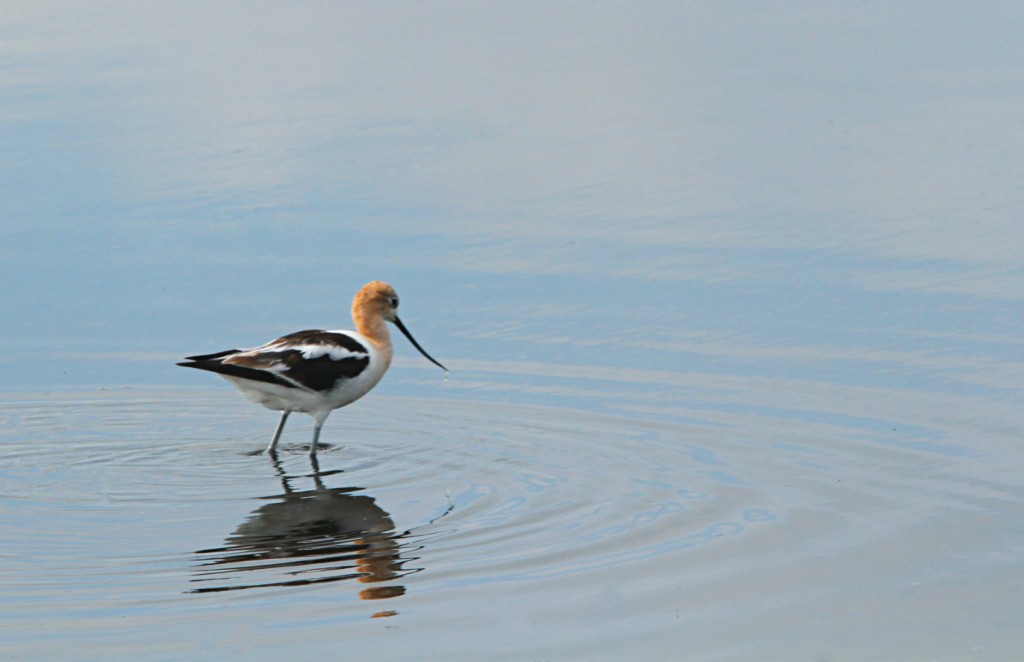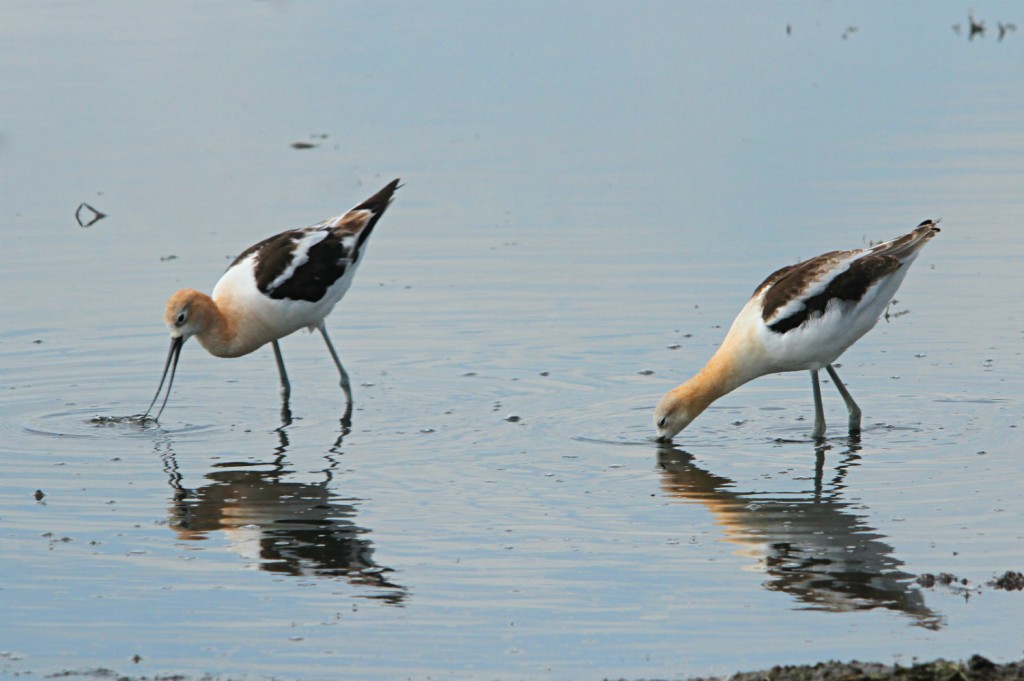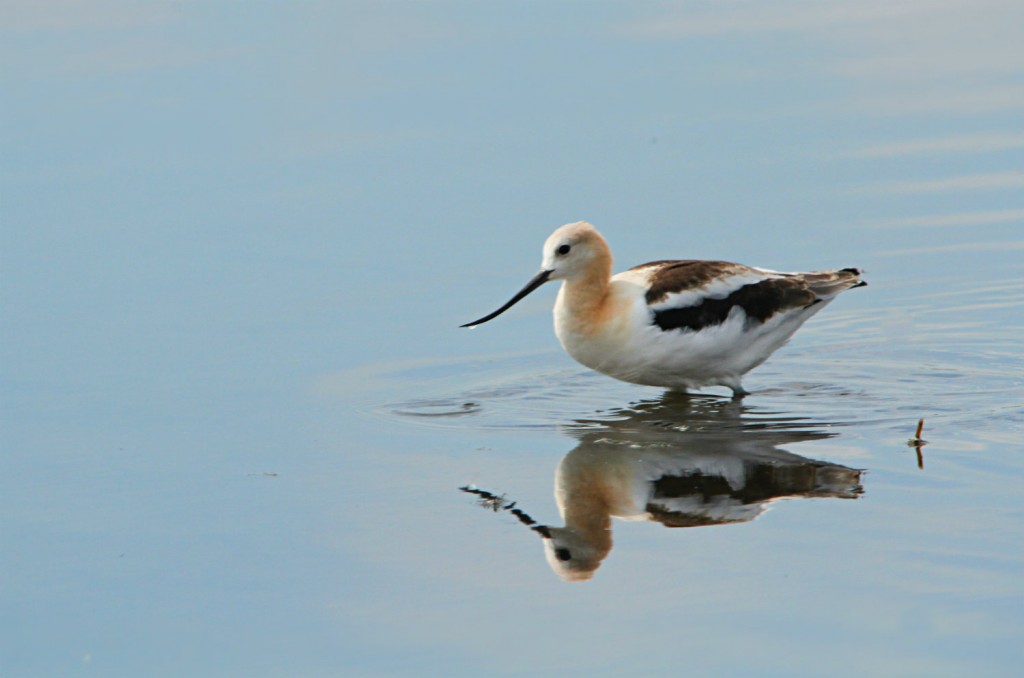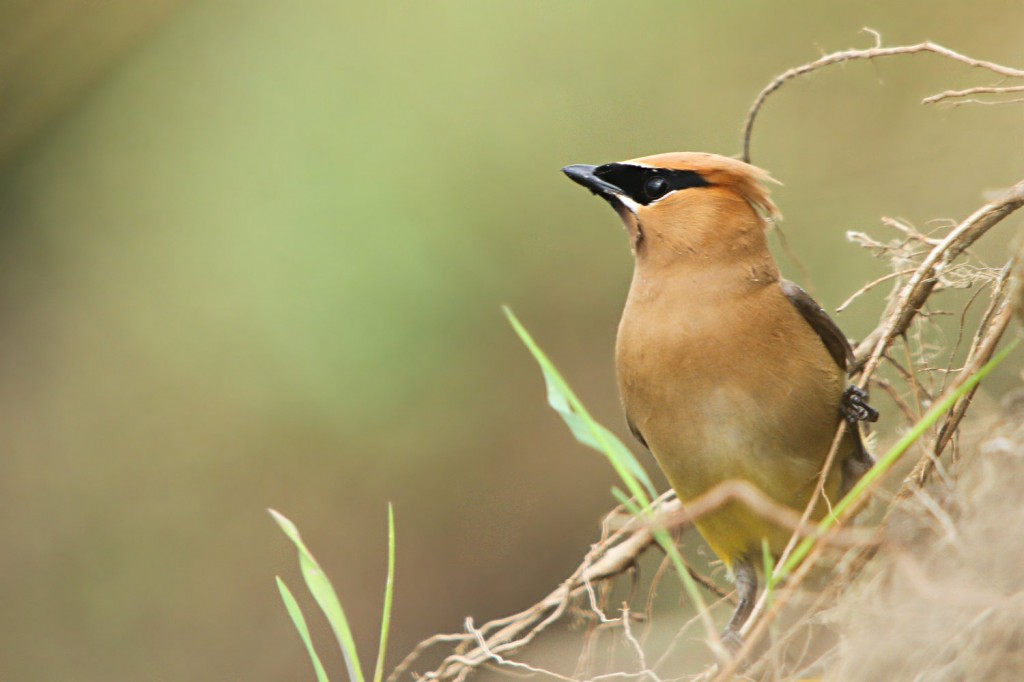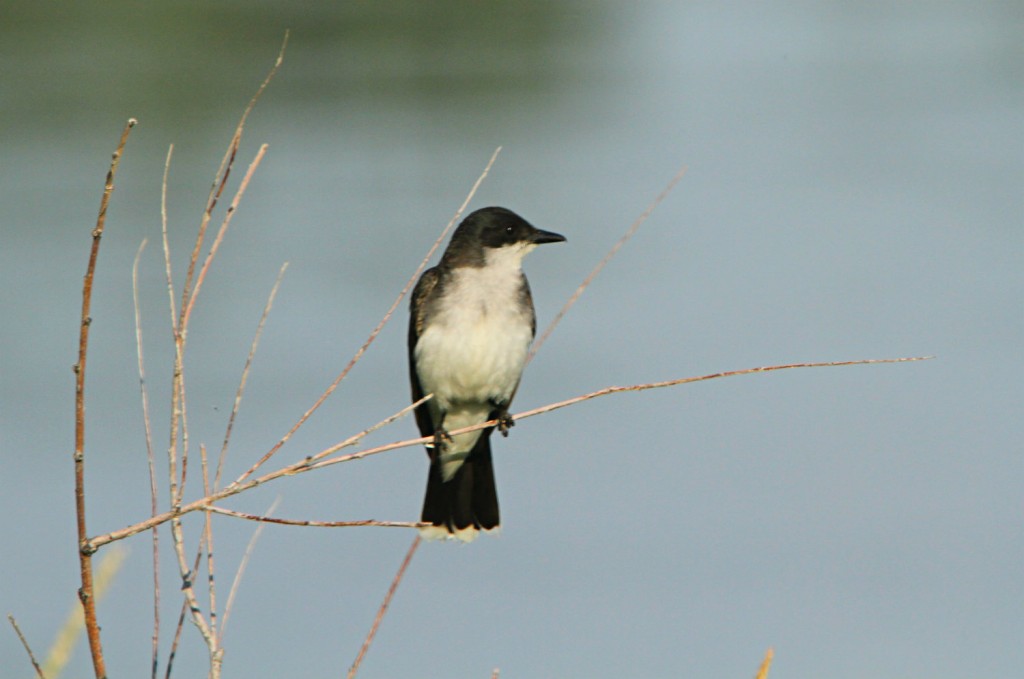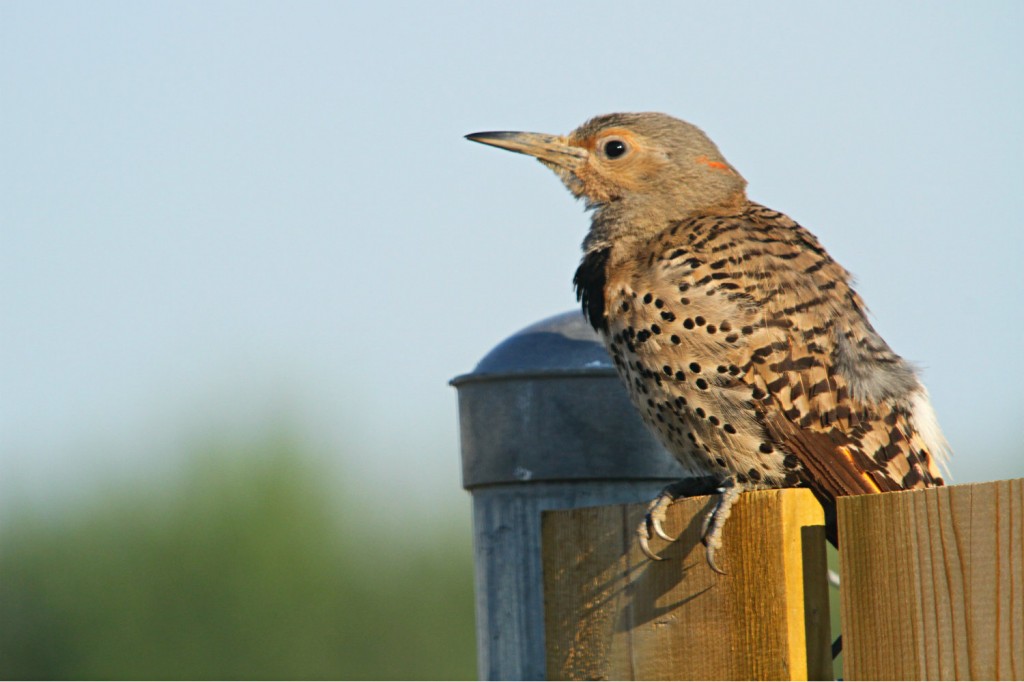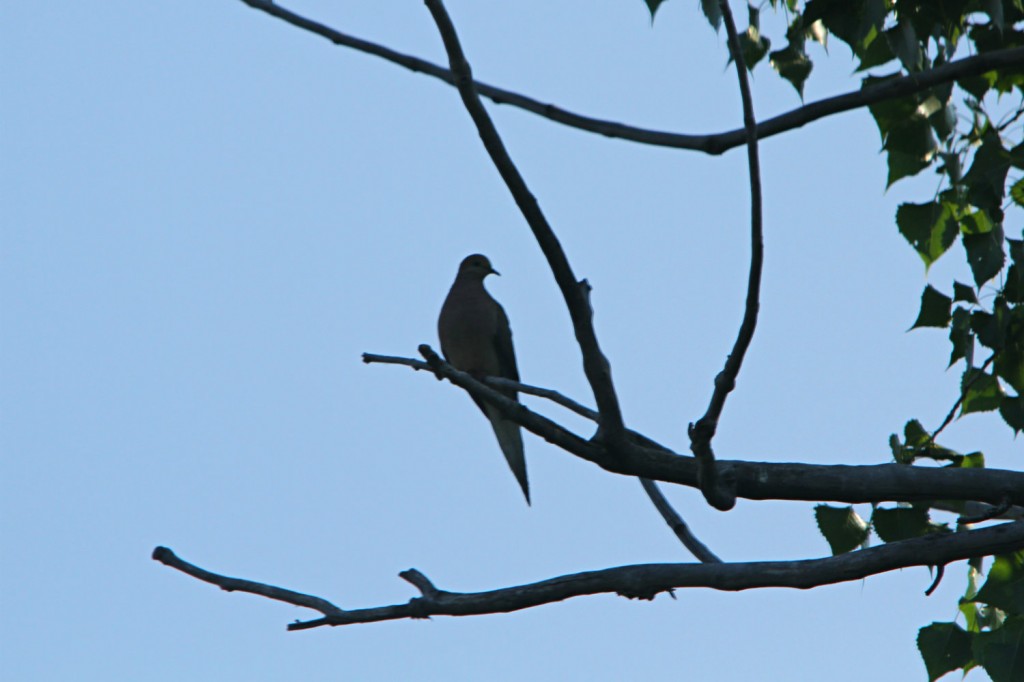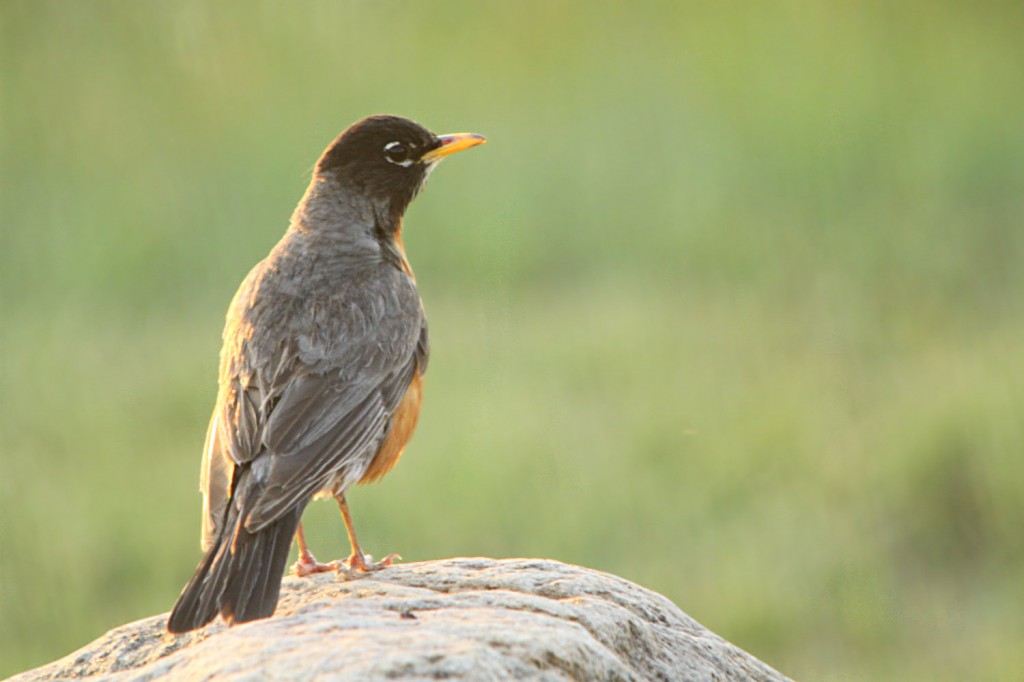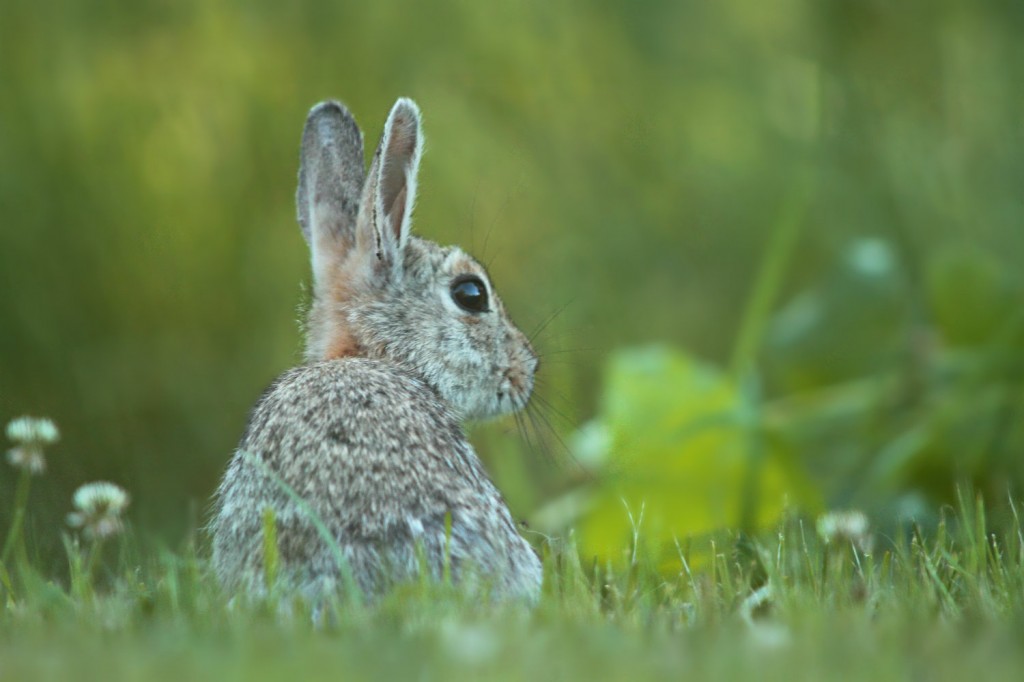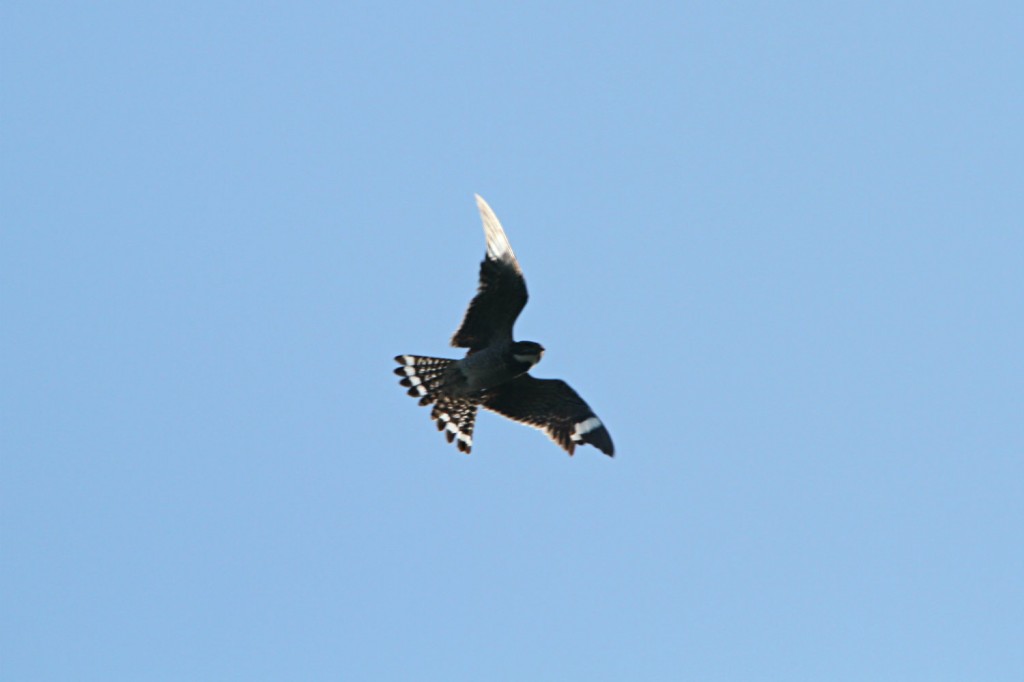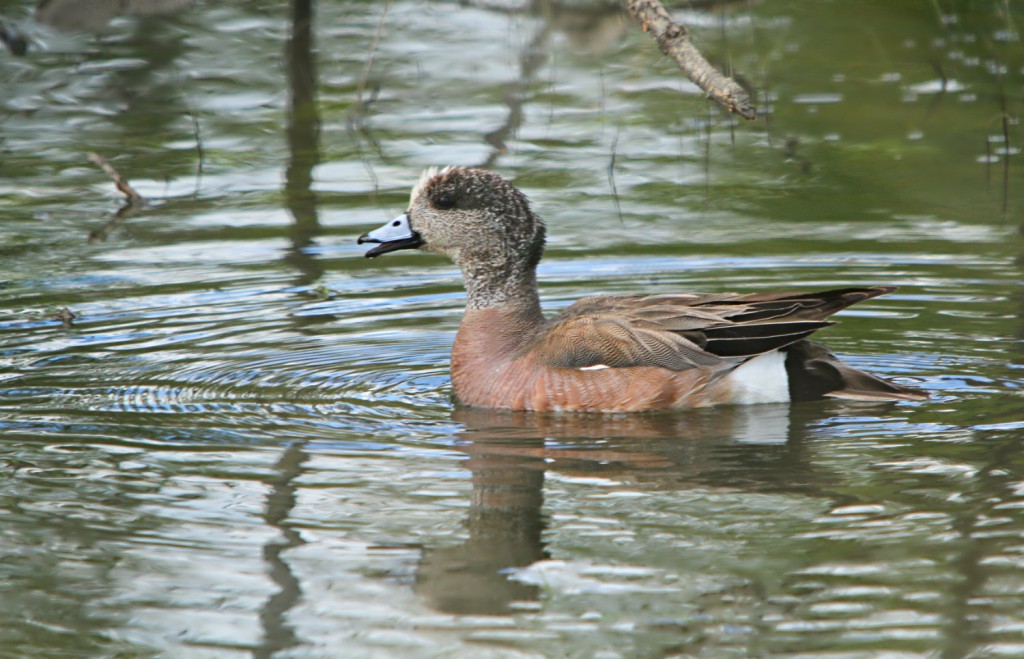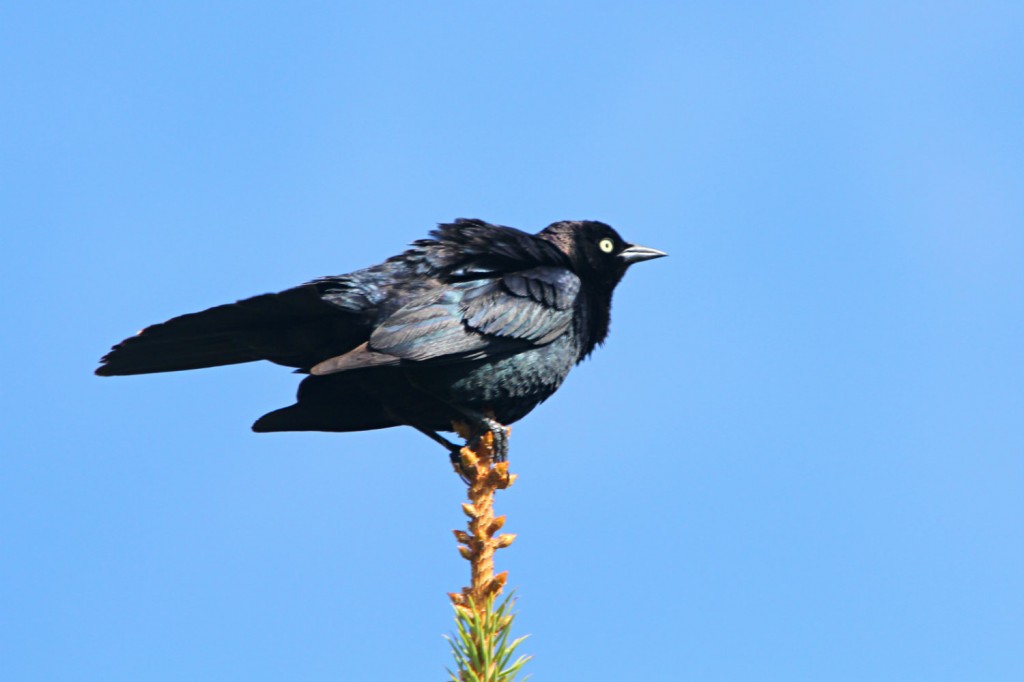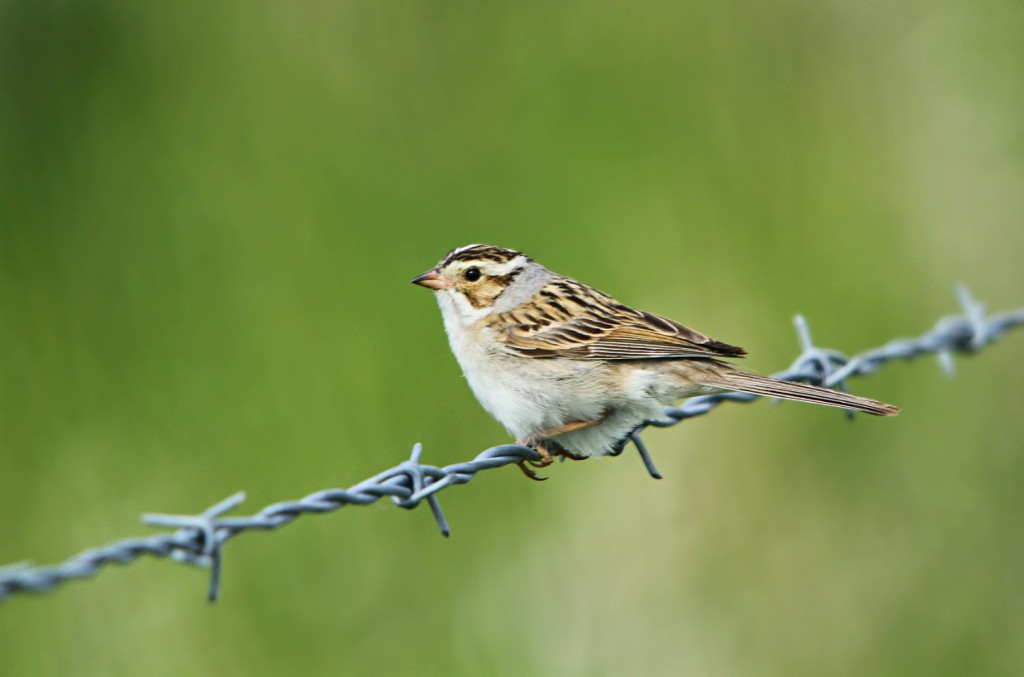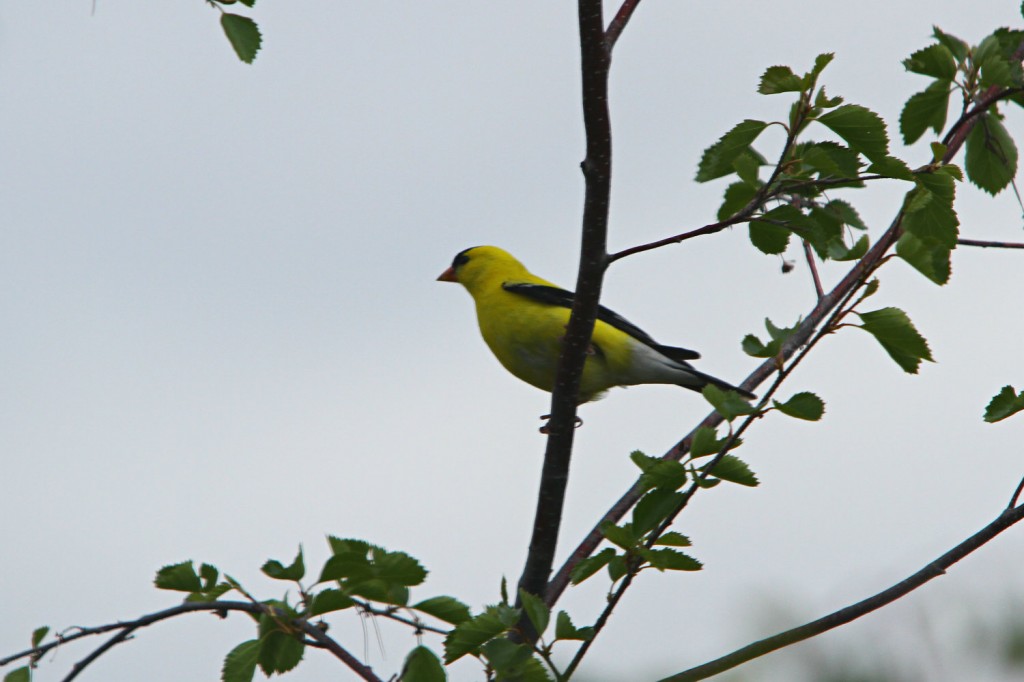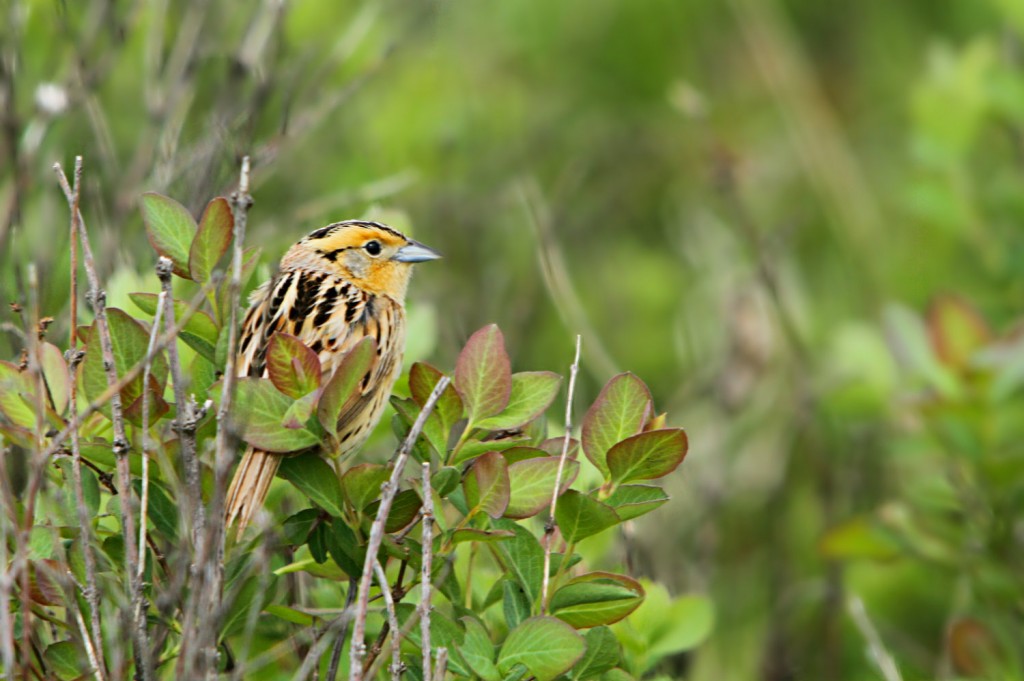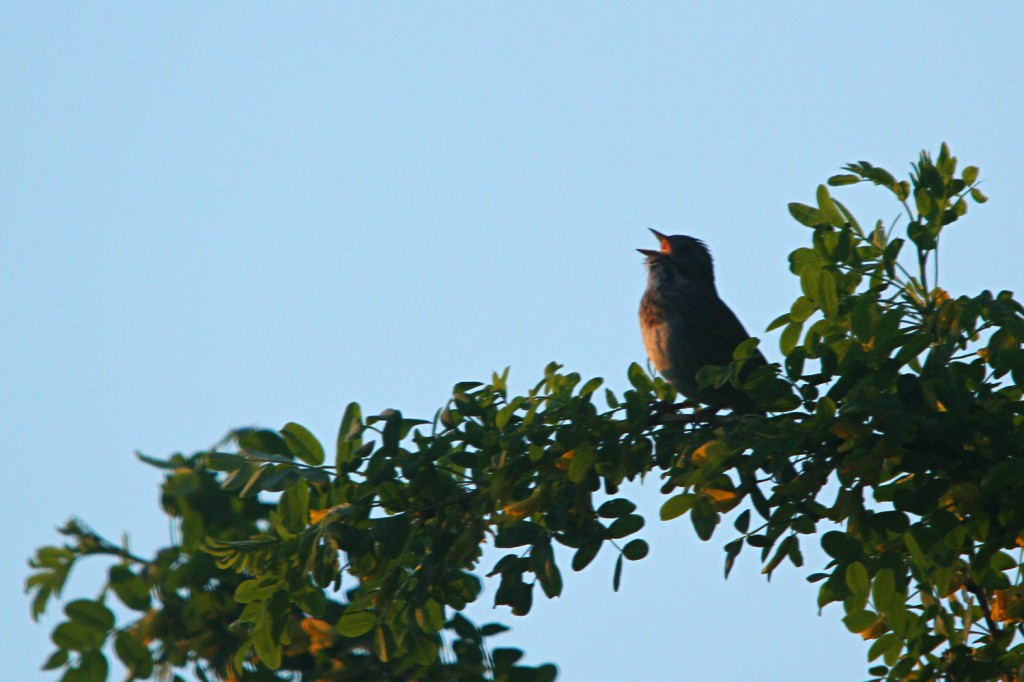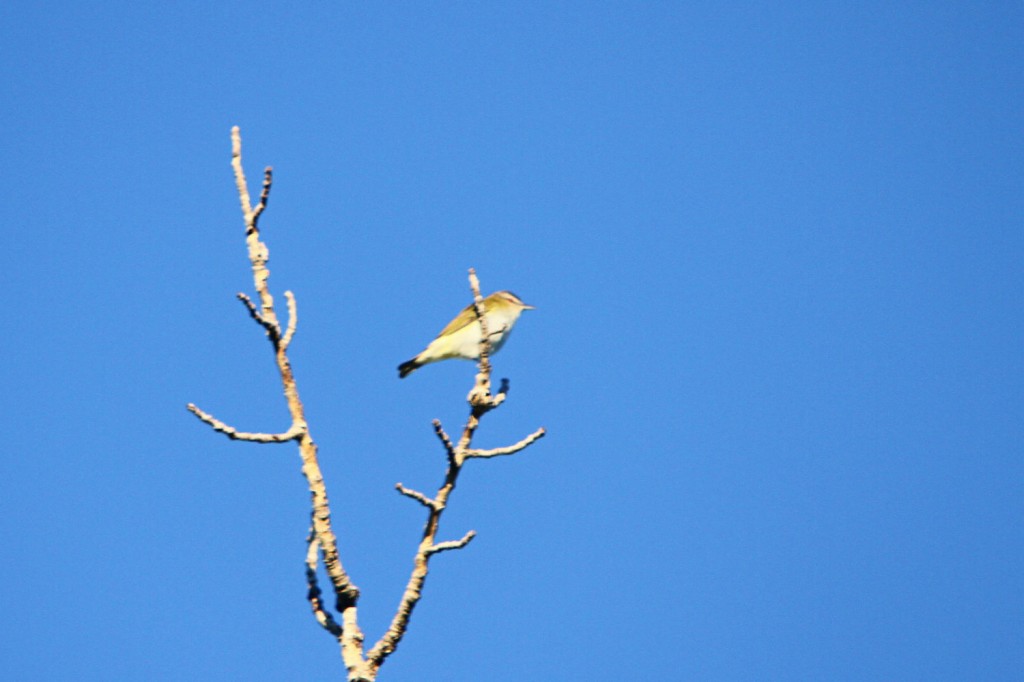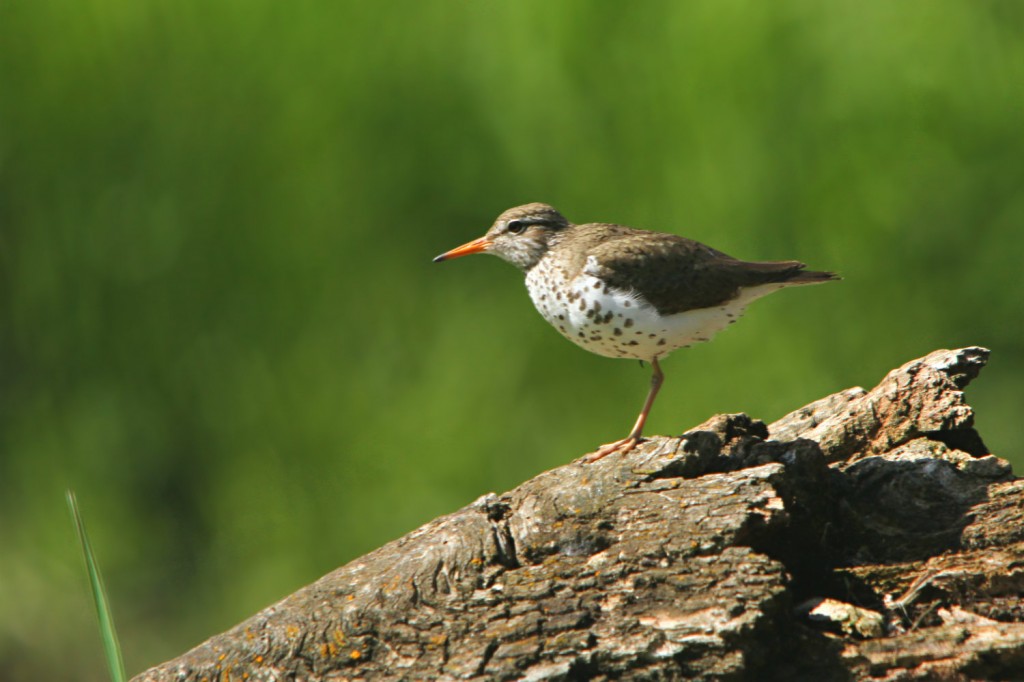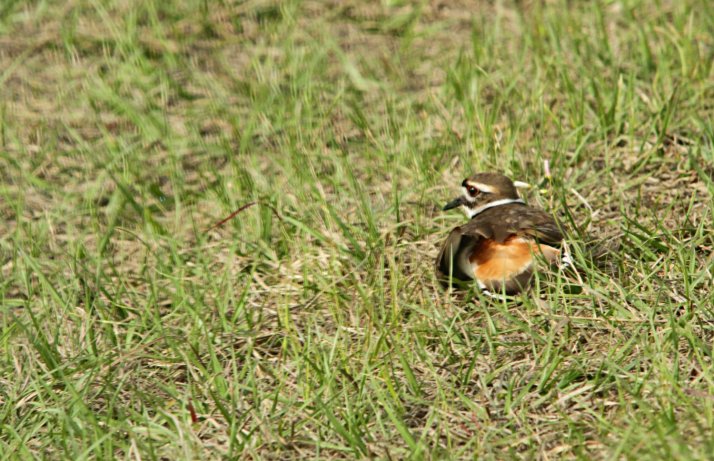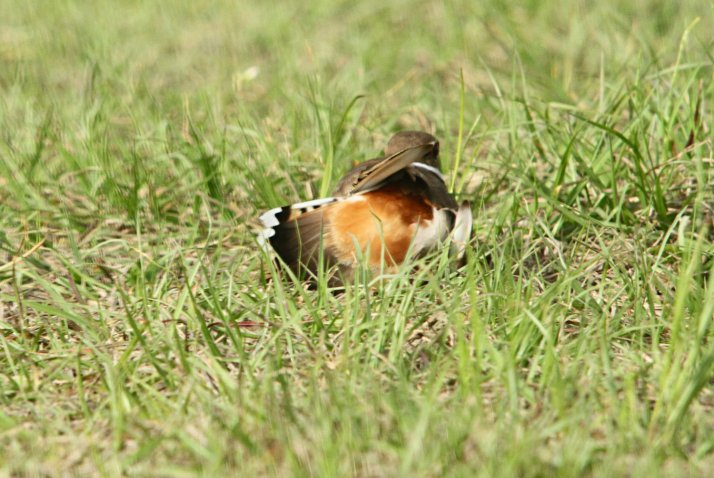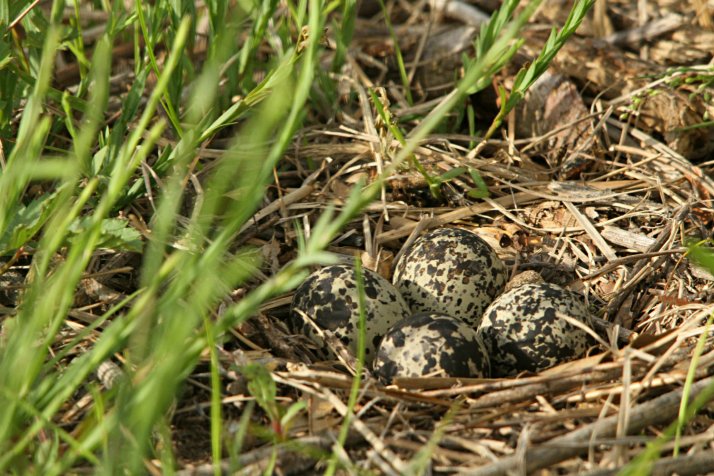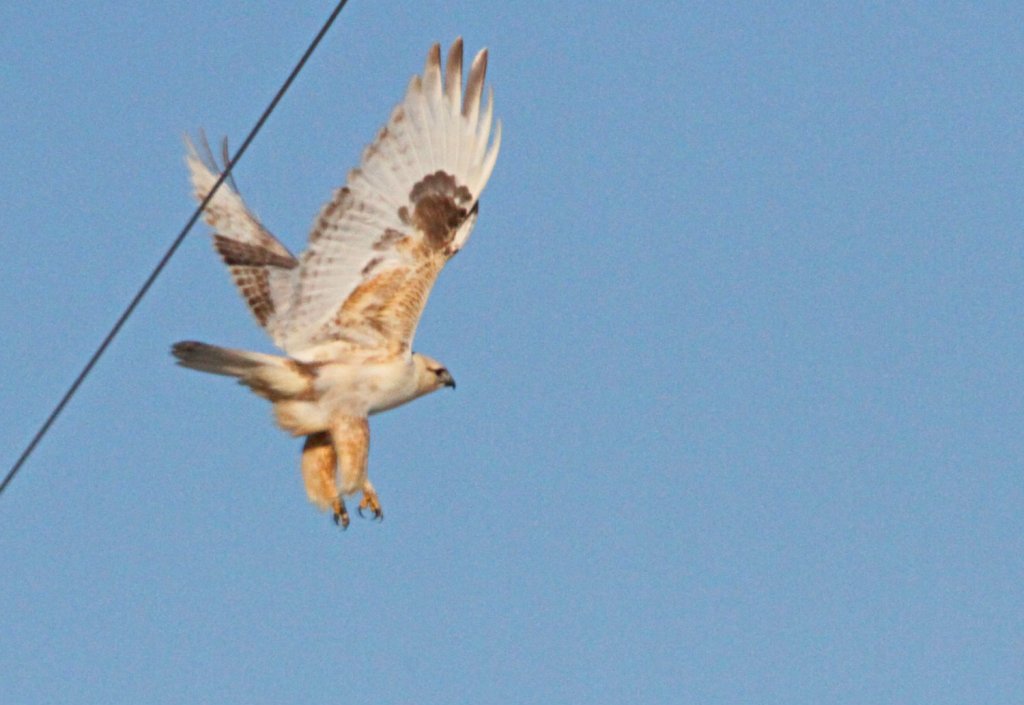Posted by Matthew Sim
This past Thursday, some family friends and I went camping for a night in the beautiful badlands of Dinosaur Provincial Park, several hours east of Calgary. A very neat place to camp with some gorgeous scenery and good birds, we also discovered another attribute of the park; mosquitoes. Mosquitoes apart, we enjoyed the park and some of its avian inhabitants that we can’t see here in Calgary.
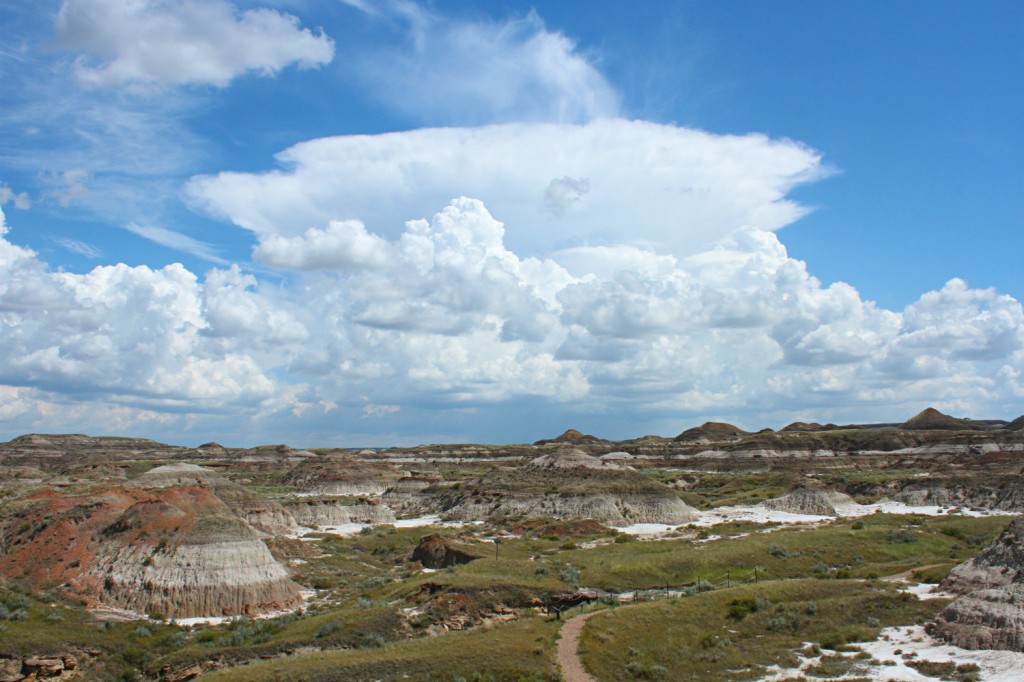
No sooner had we parked the car by the river when a Ring-billed Gull began circling over us. Looking for handouts perhaps?!
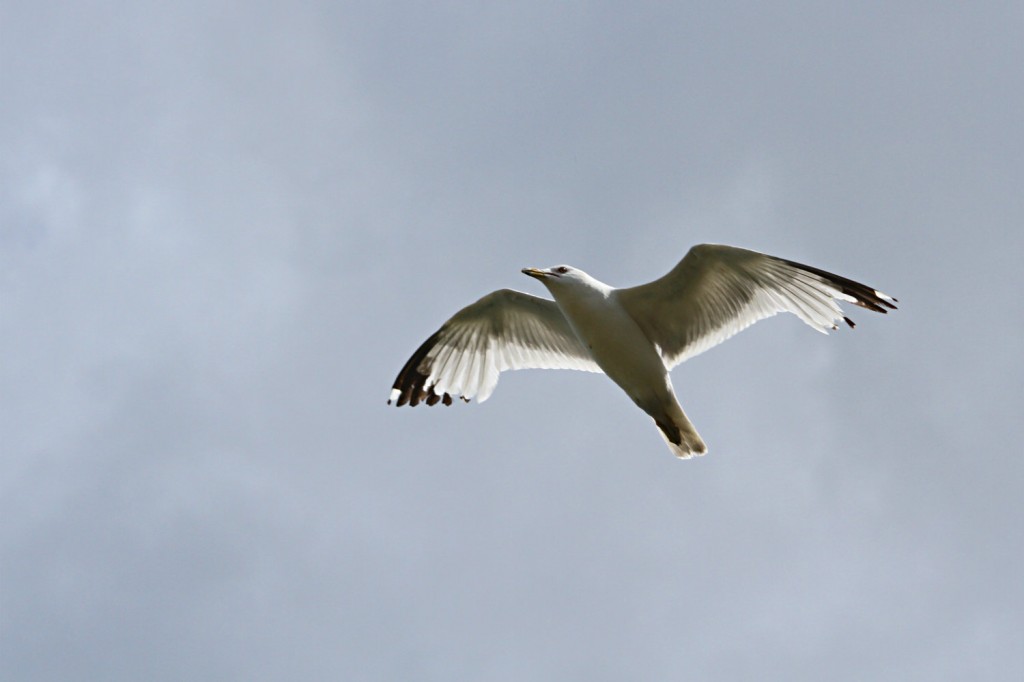
Ring-billed Gull
After eating lunch by the Red Deer River, we headed up to the hoodoos for a hike, on where we were serenaded by Lark Sparrows, Western Meadowlarks and Rock Wrens who didn’t want to pose for the camera.
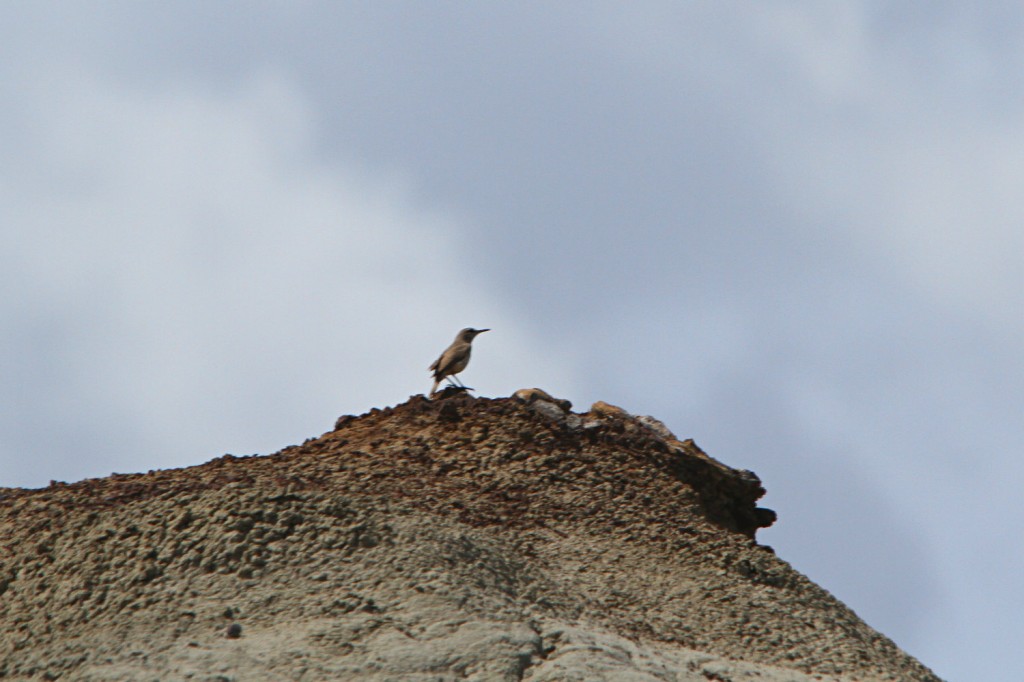
Rock Wren, doing its best to be as uncooperative as possible
Lark Sparrows on the other hand, were quite willing to sit up for the camera and were fairly common throughout the park.
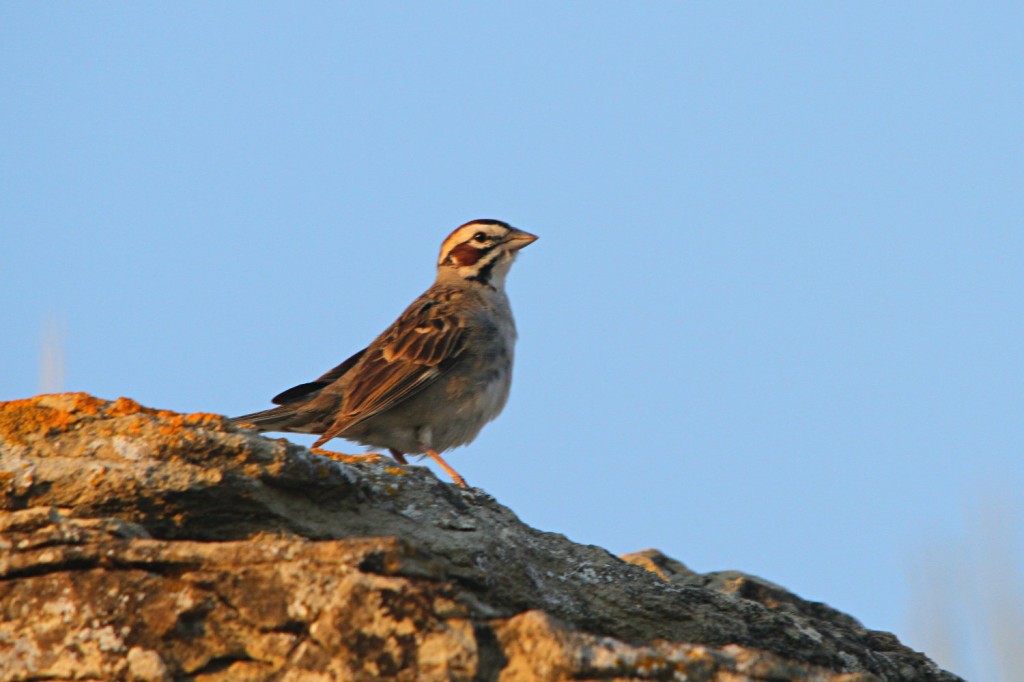
Lark Sparrow
As we stopped to admire the view from the top of one particular hoodoo, we were greeted by the song of a Vesper Sparrow and a croaking raven and we caught a glimpse of a Say’s Phoebe as it departed its perch when we arrived.
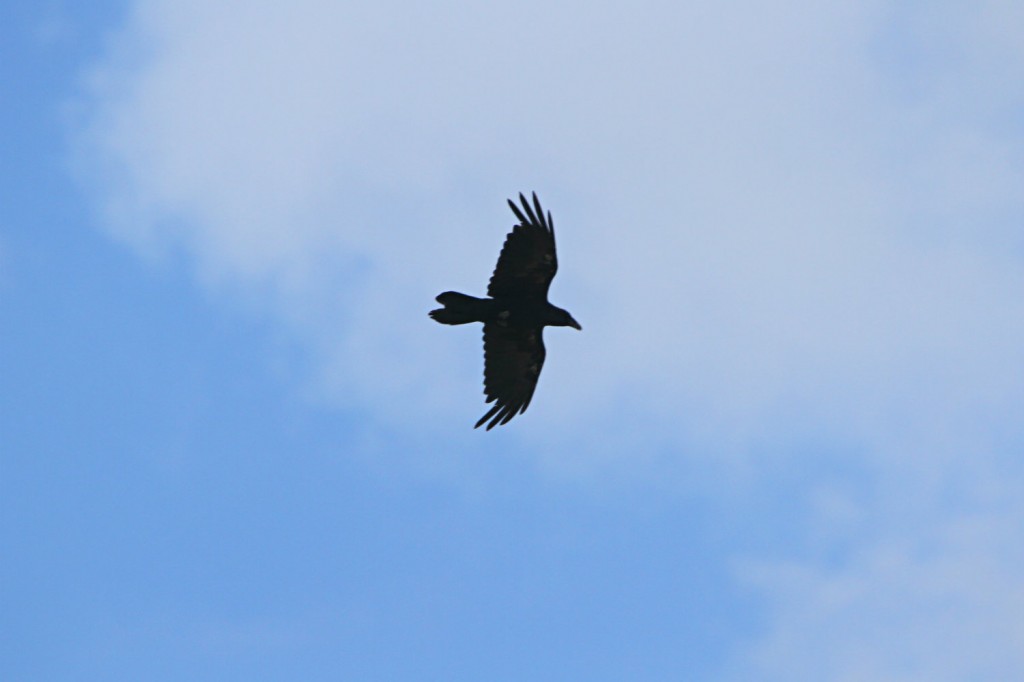
Raven
After we had finished our short hike, we went back to our campsite and relaxed by the river as swarms of mosquitoes buzzed around us. The river and its surrounding cottonwood trees held an assortment of birds including Violet-green Swallows, Cedar Waxwings, Least Flycatchers and Eastern Kingbirds.
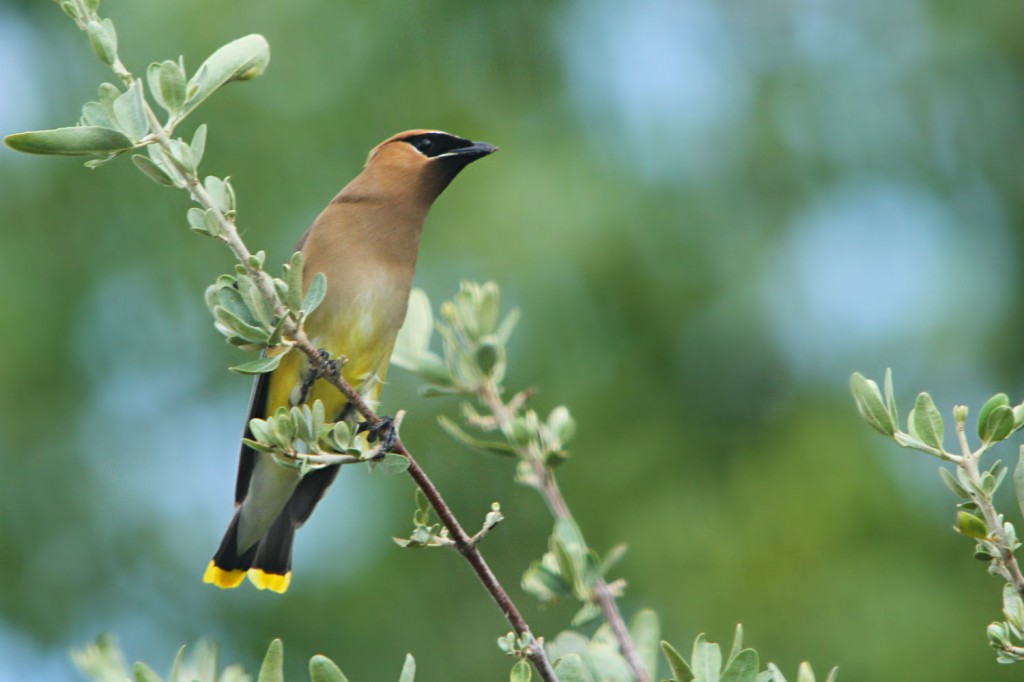
Cedar Waxwing sitting pretty
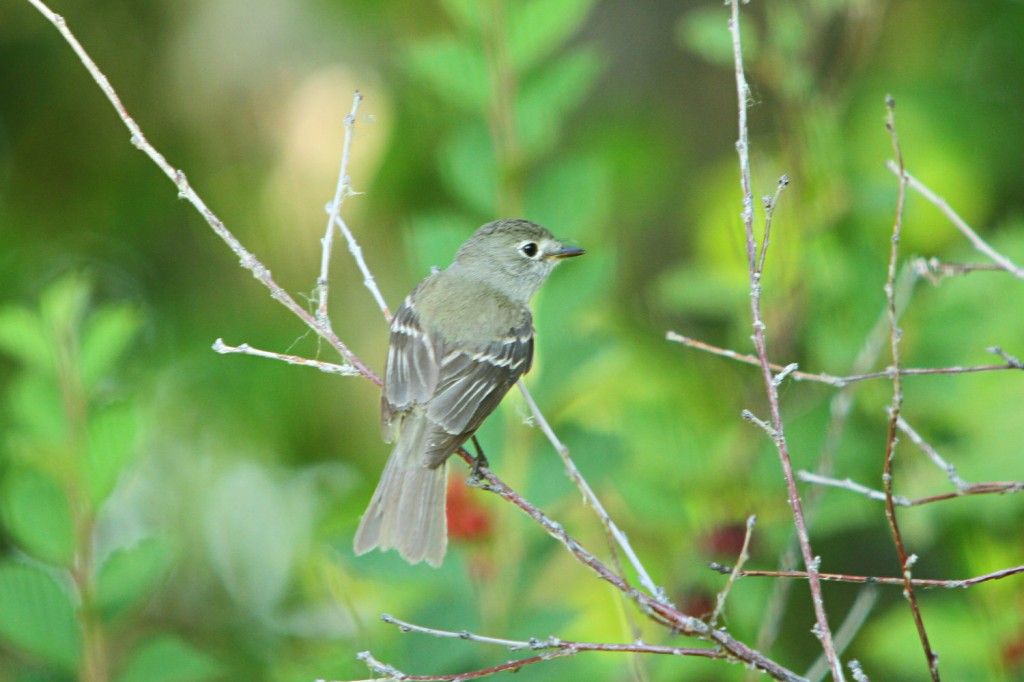
Least Flycatcher
I attempted to get some shots of the swallows but as is usually the case, they were moving far too fast for me to keep up. As the sun began to set, we decided to climb up into the hoodoos to watch the sunset. We didn’t get too far however, before we were turned around by mosquitoes. On our way up though we did see a Western Kingbird and a photogenic magpie on the hoodoos.
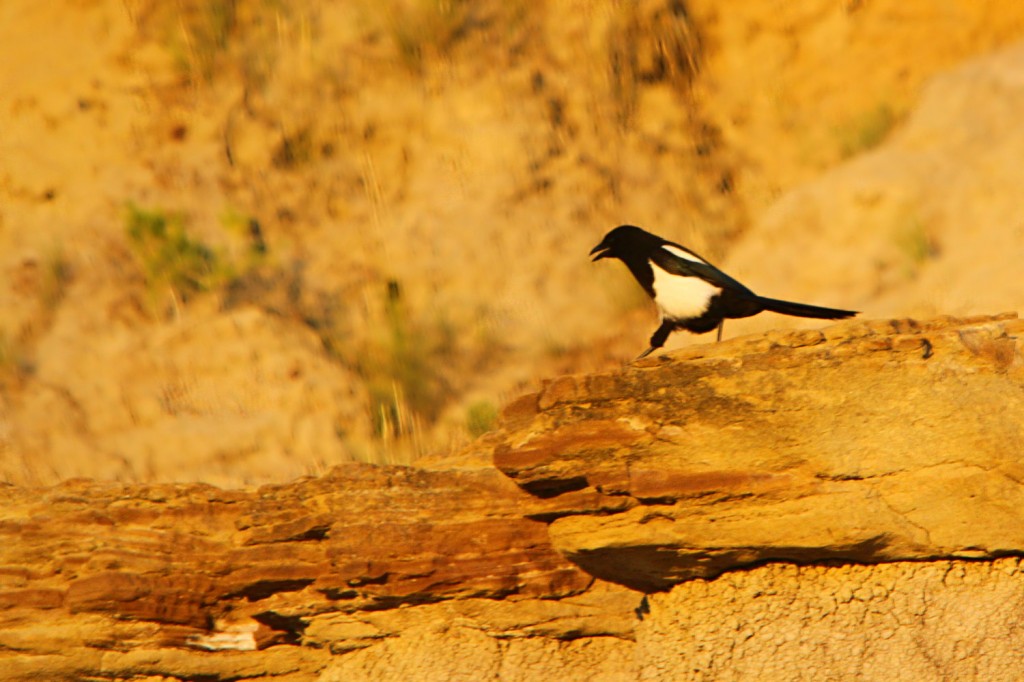
Black-billed Magpie at sunset
After beating a hasty retreat from the bugs, we retired for the night by our campfire, watching nighthawks and bats catching bugs above us.
Part 2 will be posted tomorrow, stay tuned!
